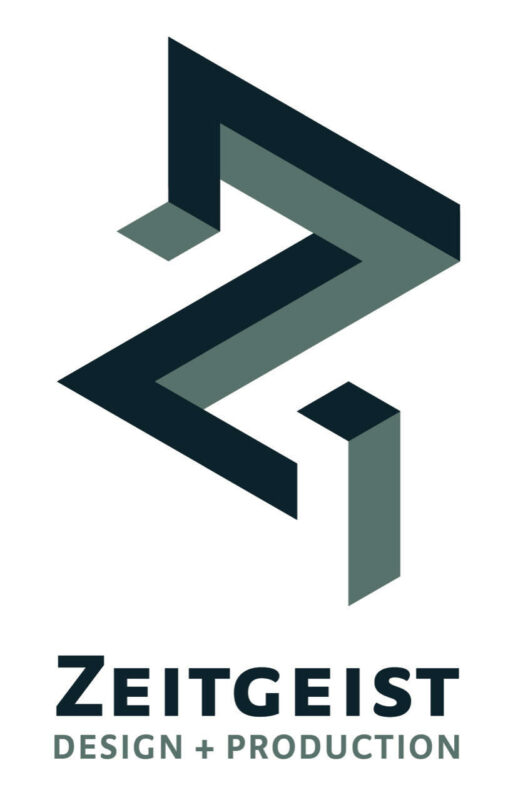 Former Disney Imagineer and the current president and chief creative officer Ryan Harmon of Zeitgeist Design + Production has made a name for himself in the themed entertainment industry. In addition to his time at Walt Disney Imagineering (he was hired as the youngest Imagineer at age 20), Ryan’s 35-year career as a themed entertainment creative includes time at heavyweight companies such as Universal Creative, Warner Bros. and BRC Imagination Arts — in addition to his work as a creative consultant for industry design firms and developers worldwide.
Former Disney Imagineer and the current president and chief creative officer Ryan Harmon of Zeitgeist Design + Production has made a name for himself in the themed entertainment industry. In addition to his time at Walt Disney Imagineering (he was hired as the youngest Imagineer at age 20), Ryan’s 35-year career as a themed entertainment creative includes time at heavyweight companies such as Universal Creative, Warner Bros. and BRC Imagination Arts — in addition to his work as a creative consultant for industry design firms and developers worldwide.
In 2011, Ryan founded Zeitgeist Design + Production, a boutique creative design and production firm specializing in innovative and engaging theme park and attraction design. His firm has designed themed entertainment for parks across the globe.
I recently had the chance to talk with Ryan about his extensive experience in the themed entertainment industry and how Zeitgeist fits into the rapidly evolving landscape of theme parks and other attractions.
You were hired as the youngest Imagineer at 20 years old. How were you able to land such a sought-after job at that age?
I went to film school at California State University-Northridge, and overheard my professor telling members of the class that he was looking for an intern for the summer at a TV production company where he was employed full-time. I had never heard about internships before and spoke to him about it, and he brought me in one day a week to work at a company called ITC Productions in Studio City, California.
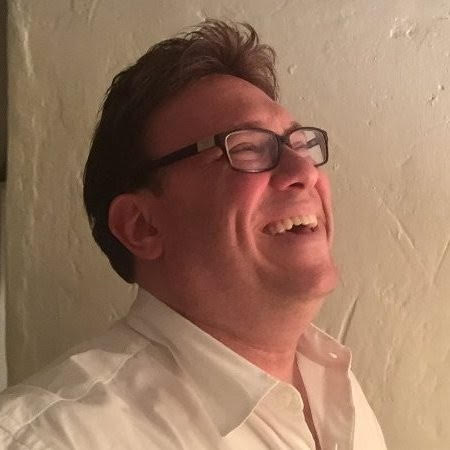
Ryan Harmon, president and chief creative officer of Zeitgeist Design + Production
There, I found a lot of like-minded, creative people working in movies and television. It was my first exposure to that, and after a while, he took another job. Another woman came into his position and saw that I was getting a bit bored reading newspapers and looking for movies that could be made based on true life stories. She asked me what else I like to do, and I told her that I have this strange interest where I love creating experiences for people. It was something I had done as a child in my neighborhood — creating shows and other experiences in the bushes, with wagons and bicycles and in garages, and something I did inside my home for my two younger brothers, creating music experiences and arcades and whatnot. She told me she had a friend at Disney who was a producer at the division that creates theme parks.
I had grown up as a huge fan of Disney. I went to Disneyland every year on my birthday, and I had read a lot about Walt Disney, done book reports on him, and learned that he created a secret company called Wead Enterprises based on his initials. It was this group formed in 1952 that designed and built Disneyland. I knew they had been working on Epcot Center, which had opened about four or five years prior, and I was just blown away.
She called her friend that she’d grown up with in Texas named George Head, and George invited me over for lunch. He canceled the first time, but the second time I showed up at this secret unmarked building in Glendale. He didn’t have time to eat, but he gave me a tour. I saw the Epcot model in all its glory and models for secret new projects like Splash Mountain, and the angels sang and Heaven opened up. I felt like I had found my home for the first time in my life. George and I sat and talked, and he offered me a full-time position as his assistant.
It was already about April or May, and soon after that, I got called by the head of HR. I was the very first — and, at that time, only — Walt Disney Imagineering intern. They put me in the show design and production department. I worked for three months, and things went so well that I was put on the Disney MGM Studios Theme Park Project with Bob Weiss and Tom Fitzgerald. They told me as September rolled around that they would love me to continue on during school. If I could take my classes in the morning and show up there by noon to work the rest of the day, I could do that. I did that for another two years until I graduated.
It was an amazing period when a lot of the people that Walt had engaged were still walking the hall — people like Herb Ryman, Sam McKim, and Claude Coats. Plus, I became friendly with a lot of the next generation who started for Epcot, such as Tony Baxter, Bob Weiss, Tom Fitzgerald, and Rick Rothschild. When I graduated college, I was on a five-year plan because of my work at Disney. I graduated in 1990, and they brought me on full-time in the writing department, where I spent another two-and-a-half years until they let me go.
When Disneyland Paris was about to open, there wasn’t much work left. They let me go along with 1,500 other people, and it was the saddest day of my life. But within weeks, I was working everywhere else for three times the money I was at Disney. I would say that this was not so much a sought-after job; it was a role that was created for me through the people that I knew and was probably the greatest opportunity of my life.
Can you describe an average day as an Imagineer at that time? How many attractions or experiences were you working on at any given time?
This changed over the course of five years. At the very beginning, I was George’s assistant. This was pre-personal computers in 1987, so I would type things on typewriters for him. I would distribute them in interoffice mail. I started working on what was called a weighing computer, blowing the secretaries or assistants away with my typing speed.
Slowly, as I met everybody, I just kept asking for more and more responsibility and the ability to work on creative assignments. If I were helping George on an attraction, I would offer suggestions for ideas for the ride or the show or the nomenclature or whatnot. Soon, I befriended a woman named Betsy Richman who ran the Company Relations department. I told her that I was a writer, and she started using me part-time to interview Imagineers, create bios and other press materials for the opening of Splash Mountain, Typhoon Lagoon, Disney’s MGM Studios, and all the other attractions that were opening in the late 1980s and early 90s. Then, finally, I was put into the writing department.
I forgot to mention that during the earlier days, I was creating slideshows with real slides. I would go sit in the slide library and assemble presentations for Bob Weiss and Tom Fitzgerald to introduce people in management to the Disney MGM Studios.
Once I graduated and was given a writing position, I finally got a real office with a door, and it was official. I was over 21 and finally able to drink at the patio parties. I began writing concepts for new attractions.
I worked for about a year on turning the Carousel Theater at Disneyland into a crest flying saucer. I got to develop part of this show for this revolving theater that was about alien robots who were rock and rollers. I got to pitch it to Michael Jackson, which was a highlight of my time there.
I forgot to mention, I did get to work on the site of the Disney MGM Studios during construction and help with publicity, as well as helping out the design team. It was an incredible opportunity to be on-site while the Park was being designed and built. I remember riding around in golf carts on the construction site and walking through rides while they were under construction. The overall five-year experience for me at Disney was just something I could never have imagined and probably has not happened to anybody else since.
What did you enjoy most about your time as an Imagineer?
It was a magical time. It was a period when the Walt Disney name had only been gone for three years when I started, so people were still using that moniker. They just began using the Walt Disney Imagineering name that Michael Eisner and Frank Wells brought in. It was a time when a lot of the original Imagineers were still there. The doors were always open. There was no security. You literally could go knock on Claude Coat’s door, which I did many times, and he’d say, “Come in.” You’d sit down with him and ask him about his days with Walt, and he’d open drawers and show you original concept art. You could go to the art library and pull out original animation art and concept art from the 1950s and 1960s.
I got involved in writing for the Disney magazine and the WDI magazine. I got to know a lot of people who became very esteemed in Disney and Walt Disney Imagineering history and was given a lot of really fun assignments, including one where I was sent to Disneyland to look at boxes and boxes of storage in the studio. I came back with a huge box full of posters and all kinds of marketing materials from the 1960s and 1970s — some of which I still had to this day.
It was always a different assignment. I got to fly first class to Orlando a number of times. It was an amazing experience to get to travel on Disney’s dime. I’d never done that before. I stayed in nice hotels, ate great meals, and had free access to the parks in Florida and here in Anaheim. I had an annual pass and got a 30% discount being a Disney employee. It was an amazing opportunity between what I was working on and the perks that came with the job. There was so much I enjoyed about being an Imagineer. I kind of wish I could go back and do it again.
What was the biggest challenge?
When I was an Imagineer, the biggest challenge really was trying to get people to take me seriously and give me opportunities. I was only 20 years old when I started. I had long hair and was very skinny. The 1908s had just ended, and mullets were big. I was a little bit of a punk who kind of felt like, “Hey, I made it into Imagineering, and I’m the only person here under 25.” I probably developed a little bit of an attitude. I saw being there as a microcosm for working in the industry, and I would use my people skills to meet everybody.
Soon, a lot of the producers were calling the writing manager and requesting me on their teams. This upset my manager, who literally told me he couldn’t have me going around and befriending everybody because he had to find work for the other writers in the department. That set off a negative relationship between the manager and me. Ultimately, when he had to let two people go, I was the first on the list.
The biggest challenge was getting opportunities and getting people to trust this kid to write things. Thankfully, I was able to get the attention of Marty Sklar, who ran the company at the time. He gave me an assignment to revise a book that I believe he had written for Walt in the 1960s called “The Art of the Show.” It was all about the secrets of how Imagineers create beloved and bespoke guest experiences. That was a big honor.
Randy Bright asked me to write new lyrics for the American Adventure Golden Dreams song, which I did. I don’t know if they use them, but that was fun. I also got to work with Bob Wise very closely, who ended up becoming president. He recently retired, but he was 30 years old when I was 20 years old. We had a lot of fun times, both in LA and out in Florida. The biggest challenge was getting people to give me a chance, which ultimately I did.
Obviously, your resume is very impressive. Can you describe your favorite role or project before starting Zeitgeist?
It was like the Wild West when I left Disney in 1992. Disney had not had any layoffs since 1982. Ten years had gone by since there were any Imagineers out on the streets. The others had either started their own companies or had left the industry. I was one of the very first out of the gate, and there was no internet.
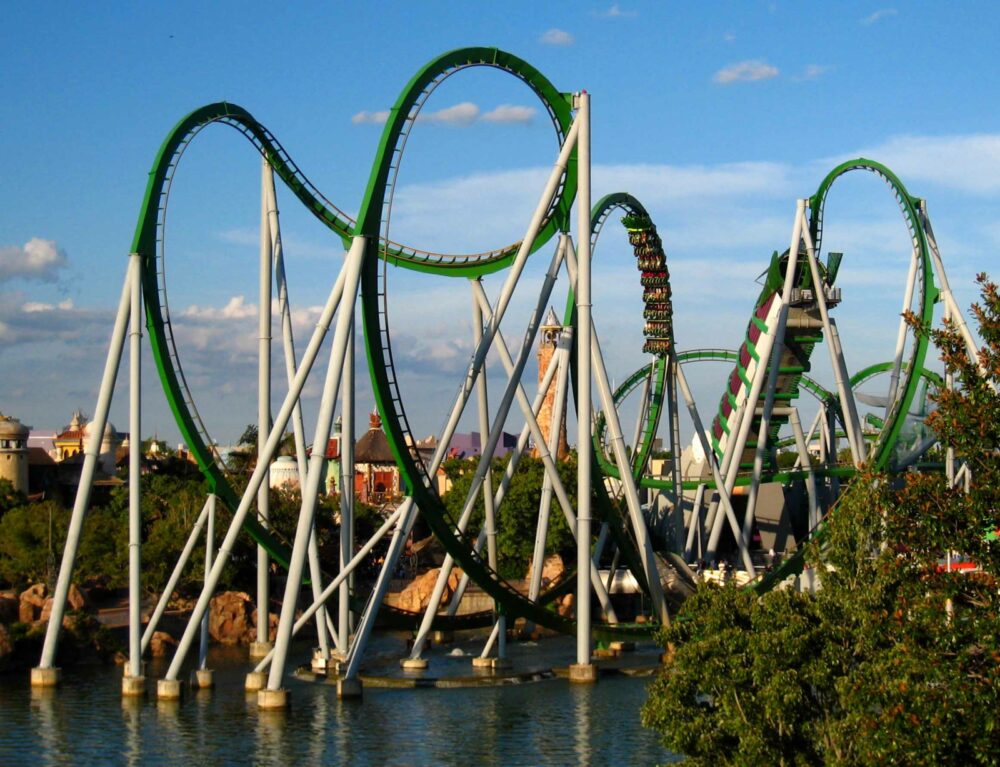 I would go to phone books and libraries and try to find other companies in this field in and around Los Angeles. I was lucky to find Landmark Entertainment Group, which I worked for.
I would go to phone books and libraries and try to find other companies in this field in and around Los Angeles. I was lucky to find Landmark Entertainment Group, which I worked for.
Universal brought me to work on a project called Toon Lagoon, which evolved into Islands of Adventure. I also worked for a company called Battaglia and Associates in Orange County. There were a number of other firms and companies at the time. Being a concept designer and a writer was a very desirable capability back then. I seemed to work everywhere. I also worked for a company called TBD Innovative Arts with Craig Hanna, who is now the head of Think Well. A lot of the people who are running companies today were young people that I had a chance to work with back in the early- to mid-1990s.
There were a few favorite attractions or projects that I worked on before starting Zeitgeist, one of which was the Toon Lagoon project. I developed a Looney Tunes land with Phil Harriman and Dale Mason. It would have taken advantage of the wonderful Warner Brothers cartoon characters and some amazing and unique, groundbreaking attractions, but it never saw the light of day because Universal didn’t get the rights to the Looney Tunes characters.
I also worked on Robot Land in Korea — another park that never got built. I had a company called Delaney Harmon that I worked on with Tim Delaney. I worked on a project called Opry Mills in Nashville with Ryan Edwards. We had a company called NTI which was part of his company, Edwards Technologies, Inc. We started a new group called Story Department, and we did an installation with a whole bunch of multi-screen videos. It was really fun to actually be in production and see your project get built. I also experienced that with the “Hercules and Xena: Wizards of the Screen” show that I did for Universal Studios, Florida. And in Florida, I also got to do the Manatees, the last-generation attraction for SeaWorld. That was another fun one to see built.
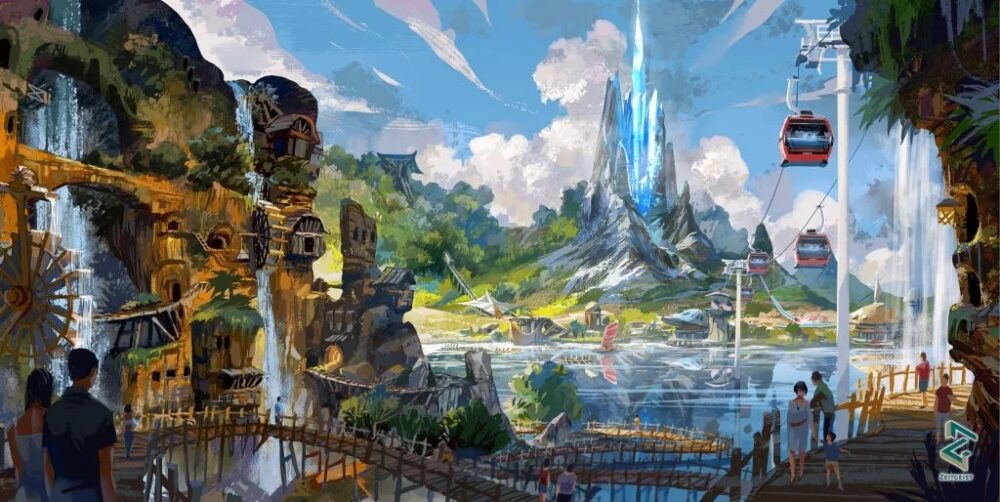
MNC World Lido – Bogor, Indonesia © Zeigeist Design + Production
My favorite was probably an entire theme park we designed in Indonesia that we called Concorde, named for a popular car at the time. It was a completely unique concept based on the geography of the site. The park was around a huge lake that is currently a rice paddy in a canyon that we were going to fill with water. There was a giant mountain that we created, this icon of ice.
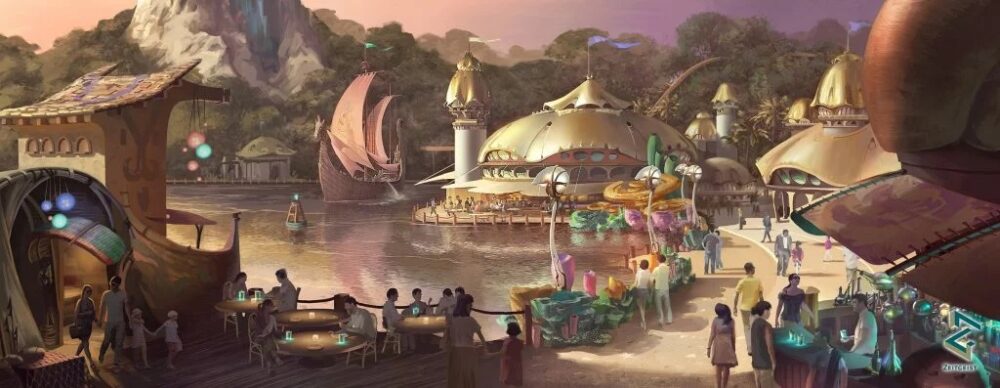
MNC World Lido – Bogor, Indonesia © Zeigeist Design + Production
The whole idea was the ice was the physical manifestation of magic. Every land was a different society, group of people, or creatures that utilized the magic in different ways. I really felt this was going to be my signature theme park. If you think about it, very few people in the world or in the industry are identified as creating their own park: Walt Disney with Disneyland; Joe Rohde with Animal Kingdom; Gary Goddard maybe did one or two in Asia; Tony Baxter designed Disneyland Paris. I felt like I’d finally gotten my chance to create something truly groundbreaking.
Unfortunately, we got taken off the project, and it was never built, so we kept plugging away. There were hundreds of other projects, but those were some of my favorites.
Speaking of Zeitgeist, what influenced your decision to start the firm?
I started my career after Disney in the early 1990s as a freelance writer, concept designer, and creative director. At the time, I would get hired by the day, the week, and sometimes even by the hour. It was very challenging to earn a good living. I did, but it was a lot of work to stay in touch with everybody. You had to sell yourself, create sales tools, make calls, and get in everybody’s face so they’d remember you and call you when jobs came up.
The first time things went south was after 9/11. That’s when I realized that it’s far better to own a company and get an entire project where you get to keep the profit versus working for one of those people or companies where you only get paid by the minute for the work you do. After I did the “Hercules and Xena” attraction for Universal, Brian Edwards from ET invited me to start a company with him, which was Story Department. He was getting asked to do a lot of shows and media, and his was really a hardware company, so I kind of got a small taste of that. A couple of instances occurred where clients who I was working for through another company would take me outside the room and tell me they didn’t believe that my client understood what they wanted, but they felt that I did, and they wanted to hire me directly. It was kind of awkward, but it made me realize that maybe I knew what I was doing.
After Story Department went under after 9/11, I started Delaney Hartman. That was around 2009 with Tim Delaney, who had been let go from Disney. That client didn’t pay us, so then Tim didn’t want to work together anymore.
I started Zeitgeist around late 2009, early 2010. “Zeitgeist” was a word I’d heard a lot about. I had been working with Rick Caruso, who’s running for mayor today, and it became something I realized was part of my personality.
I have always been somebody who likes to travel around and see the latest theme parks, attractions, restaurants, retail centers, museums, and exhibits. That’s what I’m interested in, and that’s kind of what Zeitgeist means — tapping into what everybody’s into, what’s happening, what’s hot, and what the trends are.
I felt it very apropos to call my company Zeitgeist Design + Production. I started that on my own. Soon after, Becky Keefer joined me, and we became a powerhouse team. Then, Joe Len Cicero joined. Over the years, a lot of senior-level former Imagineers and others in the field have joined us or are on our list to reach out to because we do things the way we used to do them in Imagineering. Everybody feels very comfortable, and we create the highest quality product that we can.
What are the challenges of founding and running a design firm?
Running any business has multiple challenges. Thankfully, my father’s a CPA, so I grew up straddling the left and right brain. Some people say that, as good as I am at the creative, I’m also pretty good at business, strategy, and figuring out what to do with money so that we don’t lose it. Our first challenge was establishing who we were, creating a logo, and introducing ourselves to the industry at large.
Getting work is obviously the biggest challenge for any company. Once we’ve gotten those projects and convinced people to sign contracts, then the challenge is doing a great job, working with the right people, getting all the deliverables done, and coming up with something they’re really happy with.
After that, the biggest challenge is getting paid. We’re an international company — we do a lot of work in Asia and the Middle East. Lately, and traditionally, getting paid is a very difficult thing to do for certain cultures who, for whatever reason, take pride in not paying their vendors. We have lots of stories of clients in Korea, China, and Saudi Arabia where invoices have sat out there — sometimes for years. Thankfully, 98% of the time, we have collected fees. They’ve not always been exactly what we were owed, but we have been pretty successful.
The other challenge is finding good people to work with who are not only talented and have likable personalities, but who are respectable and respectful. I’ve had a couple of incidents where people very close to me that I brought into projects wound up backstabbing me to meet with clients or take work from my clients without telling me, all in the name of greed.
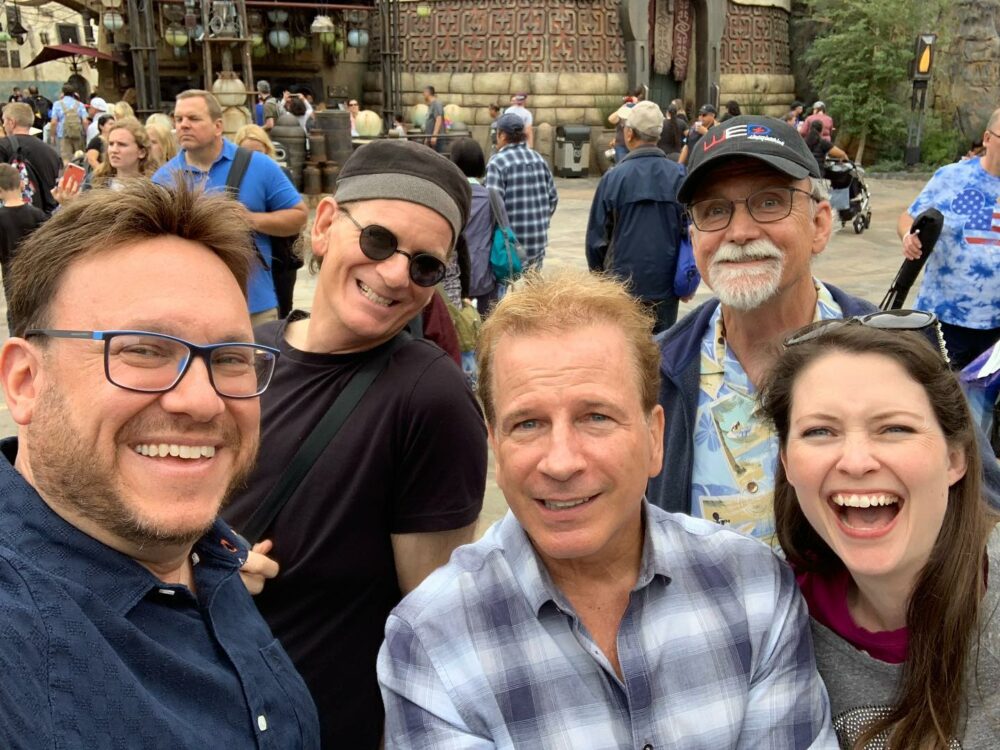
Ryan Harmon (far left) and members of the Zeitgeist team
Thankfully, right now, I have a team that is like a big family. There have definitely been incidents in the past where I’ve come across people who I thought were great, talented colleagues and friends, but it turned out not to be that way.
What can clients expect when working with Zeitgeist? How do you differentiate yourself from your competitors?
When working with Zeitgeist, you’re going to get the full attention of myself and Joe. Each of us has over 35-40 years of experience working for major concept design production firms like Disney, Universal, Warner Brothers — you know, major studios and major clients in major projects. Because we have fine-tuned our talents and skills in concept design, our brains can wade through the nonsense and quickly figure out what a project needs to be, or at least a few different concepts that it could be, so that the client can choose which direction they want to go.
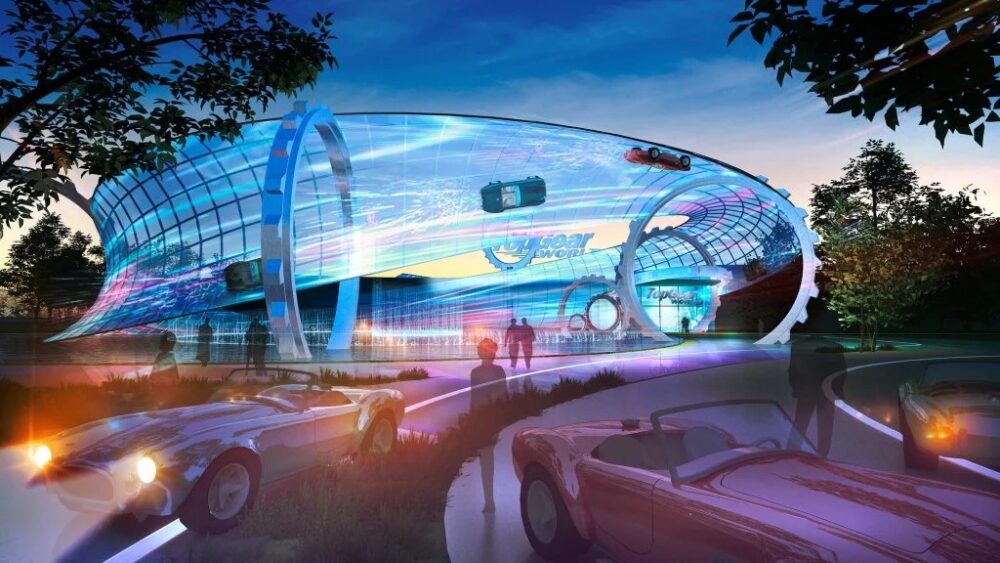
BBC Top Gear World – Hainan Island, China © Zeitgeist Design + Production
Creating a successful project that’s going to work for the clients and their investment, as well as be critically successful with the guests, comes to us through intuition, experience, and wisdom. We grew up with amazing artists, so we always use the very best artists to come up with visuals. I usually do most of the writing myself while Joe does the initial concept sketches and art direction.
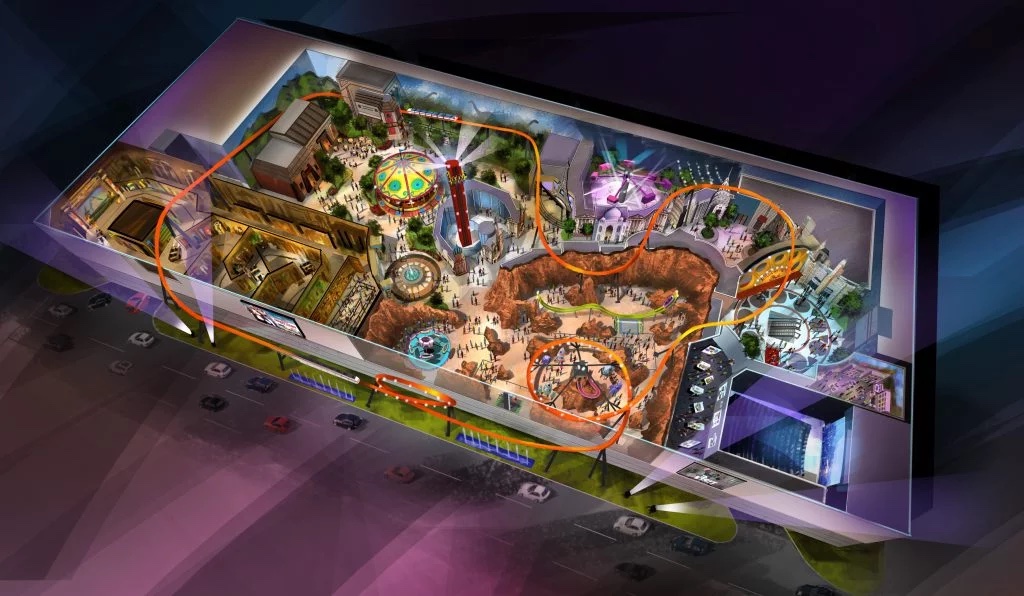
Nollywood, Super Center Mall, Abuja, Nigeria © Zeitgeist Design + Production
We work with great planners, architects, and graphic designers. We go to great lengths to use the best people in the world to assemble the strongest, most compelling concept package possible. Then, if it moves forward, it’s me and Joe out there. We love visiting vendor shops. We love being out in the field programming and getting it all set up. I’ve got a very detailed eye that bothers a lot of people, but you want me on your project as your creative director because I’m going to see every little nook and cranny and imperfection to make it perfect for you and your guests.
We put emotion into everything we do. That’s big for us. There’s nothing like seeing a great movie where you laughed and cried and just enjoyed everything about it. That’s the same thing we try to do in our parks and attractions. Something should be funny, scary, or mysterious. You should feel an assortment of emotions on a Zeitgeist project.
Finally, we also make everything both timely and timeless. We want to tap into the human being in terms of storytelling, emotions, and senses. We use the latest techniques and technologies as magic, not as technologies themselves. We’re never going to point out that it’s a screen, projection, or special effects — we use them to create magic. The combination of the two hopefully winds up being an experience that is unique, exciting, and something people want to do again and again.
How does it feel to see guests enjoying an attraction or experience you designed or helped bring to life?
That is the best feeling ever. When I opened “Hercules and Xena” at Universal Studios Florida, there were marketing people with clipboards, polling the audience about what they thought.
Everybody was scoring it 10 out of 10. My mind was blown! Big attractions like Transformers might be a 10 out of 10. Our show was not a huge budget project, but people loved it. It was the same for other projects I’ve opened. It really makes you feel good about all the time and effort you put in. It makes it feel worthwhile that you went that extra mile and spent that extra time or argued for that extra dollar. It helps you personally feel like, “maybe I do know what I’m doing. Maybe I am kind of good at this.
Maybe I did find my calling.” It checks a lot of boxes in your heart and mind.
It’s just the best feeling in the world to bring smiles, enjoyment, and memories to people all over the world.
What is a new trend or innovation in attraction design that most excites you for the future of out-of-home entertainment industry?
Something that I predicted years ago is finally coming to pass, and that is the Lane Theater immersive experience. If Universal, instead of building a three-minute ride, had let you park your car, hop on a Hogwarts express train, go to Hogwarts Academy, check into a room, spend days taking magic classes, dining in that great hall, and participating in some big mystery story with some of the characters we all know and love, that would have been an experience. People would have spent days doing that regardless of the cost.
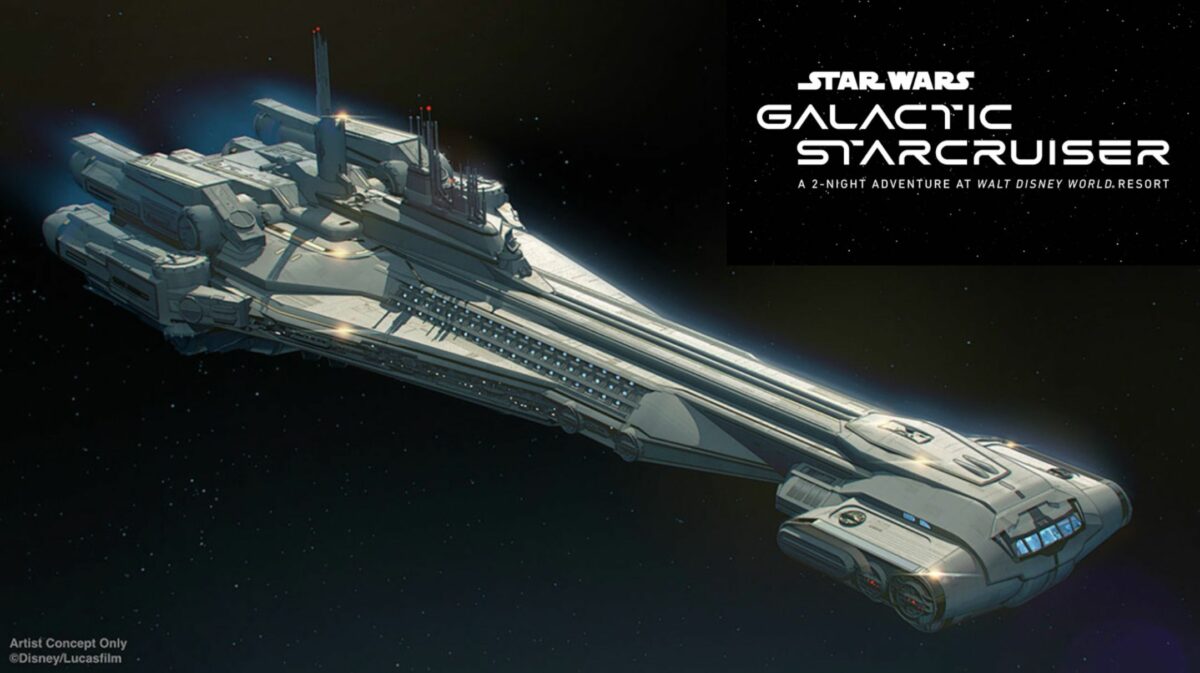
Star Wars Galactic Starcruiser at Walt Disney World
I saw Disney open their Star Wars hotel. Unfortunately, they chose the wrong story. It should have been Luke Skywalker and Darth Vader and the characters that we’ve all known and loved for 40-plus years. As to the experience itself, I haven’t done it, but it’s definitely along the right way of thinking. To make it work at Disney, they have to charge an outrageous amount of money. You can charge a lot of money for a bespoke experience, but nobody’s paying $5-6,000 for two nights when you can go on a cruise for a fraction of that.
So, whoever does that next, I think we are heading more toward a Westworld-type situation. I don’t know if we’ll actually have robots maybe someday, but really immersing people in an experience that blends video games and theme parks into one tactile, real-world experience — that’s where things are going. At Zeitgeist, we call that UX IRL: “user experiences in real life,” and we believe it can be far more compelling than anything you can do on a phone or screen. That’s what’s got me really excited. I’m excited to see where we can go next with something immersive, overnight, participatory, interactive, and memorable.
On the flip side, what is the biggest challenge facing the industry, specifically upper-tier parks such as Disney and Universal?
The biggest challenge for Disney right now is figuring out how to make their guest experience a positive one again. Unfortunately, under new leadership, everything has been commoditized, and everything is now a big job for people. When I was a kid, we’d say, “Hey, let’s go to Disneyland.” We would drive over, park for a couple of dollars, walk into the park, eat wherever we wanted, go on all the rides we wanted, and return home after experiencing a lot.
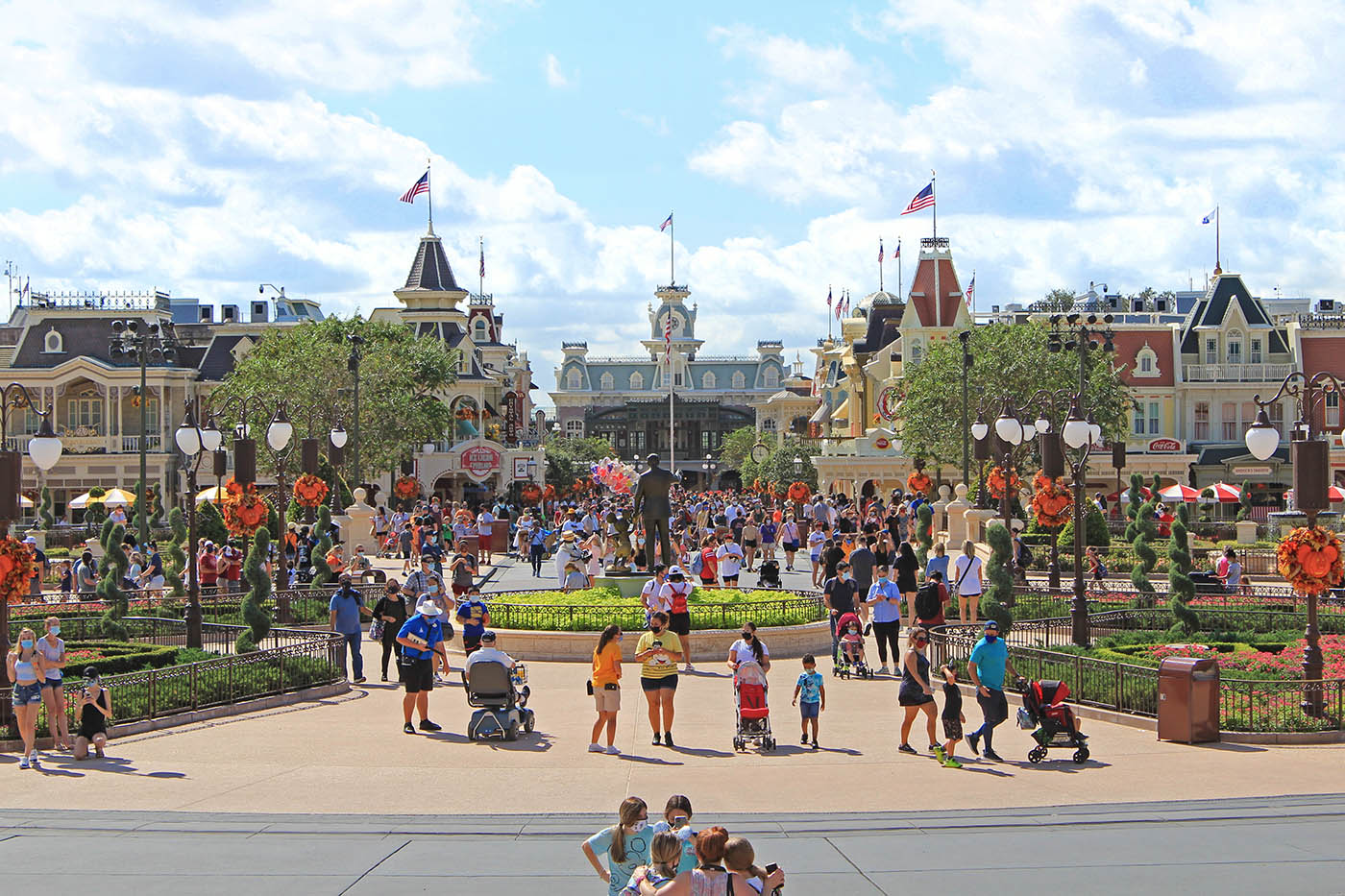
It’s not like that anymore. Now, you need to plan months in advance. You have to pay a lot of money to buy your ticket, then have to make a reservation, but you cannot make a reservation without a ticket. You have to make a reservation for where you want to dine, and there are people chomping at the bit to log in exactly six months prior — to the minute — on their computers and take up all the reservations before you’ve even thought about where you want to eat. Now, you show up, drop about $30 to park your car, and walk half a mile or take a tram to wait in long lines to get into the parks. Inside the parks, every attraction has long lines and most of the restaurants are sold out for the day. You can’t dine there even if you wanted to, so you’re stuck eating at the lesser restaurants, if you eat there at all.
Unfortunately, now they have monetized the attraction. So, you have a hybrid situation where, in the old days, you had tickets, paid a small entry fee, and then you paid per ride. And that was the concept of the A ticket, BCD, and especially the E-ticket. Now, they’ve brought that back to some degree in an outrageous way where you not only pay a significant amount to go in up to over $200 per person, but then if you don’t want to wait in line for two to three hours, they now charge you up to $25 per person to go on one ride.
The amount of money you would spend in a day for a family of four is pretty outrageous by most people’s standards. It has caused the lines to be longer because people are paying to bypass the queue. All the people who haven’t paid are stuck waiting longer for all the people who did pay to go in front of them, which just creates frustration. The whole thing is a very, very negative guest experience. I guess it’s great for people who like to plan months ahead, stare at their phones all day, and spend thousands of dollars for a day in a park, but that is not the majority.
We have yet to reach the point where people stop going. I think the challenge Disney is facing right now is knowing how much they can take out of people’s wallets before they stop coming. They’re forgetting the fact that it’s a miserable experience for pretty much everybody, and someday I expect that will come back and bite them. I don’t know how or when, but I just know that it is not fun.
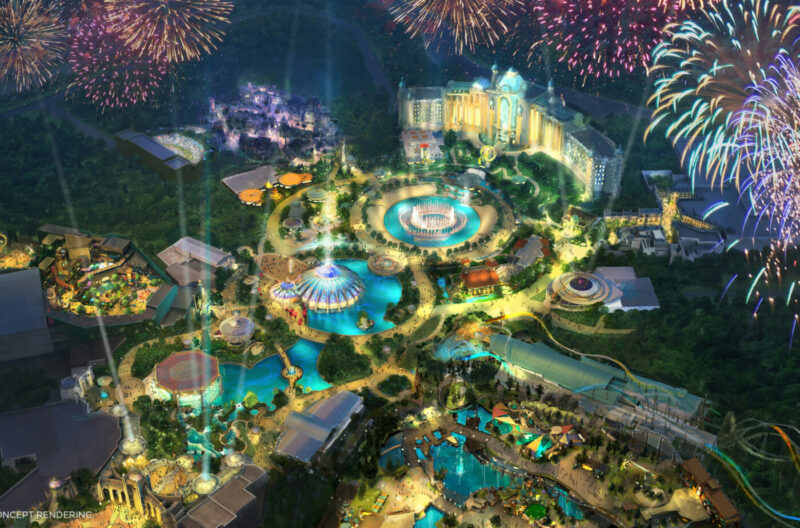
Universal’s Epic Universe © Universal Creative
Universal, I think, is doing a really good job of improving things. I can’t wait to see what they’re doing with their epic universe park. I’ve heard it’s a very different operation mode, maybe more like a retail entertainment center with rides. That will be fascinating to see what they do.
I think everybody right now is challenged by the notion of using intellectual property. For a long time, Disney differentiated itself by being a park with not only Disney themes, but just great human stories and history as pirates, the Wild West, the Matterhorn, going to outer space, and shrinking the children of the world. I mean, these are haunted houses. These are human themes and stories that are thousands of years old that Disney really capitalized on and made their own. I would argue those are still some of the most popular attractions in the parks. At that time, Universal was the place you went to ride the movies. Now, unfortunately, Disney has become Universal, and everything new has to be tied to a movie or a character.
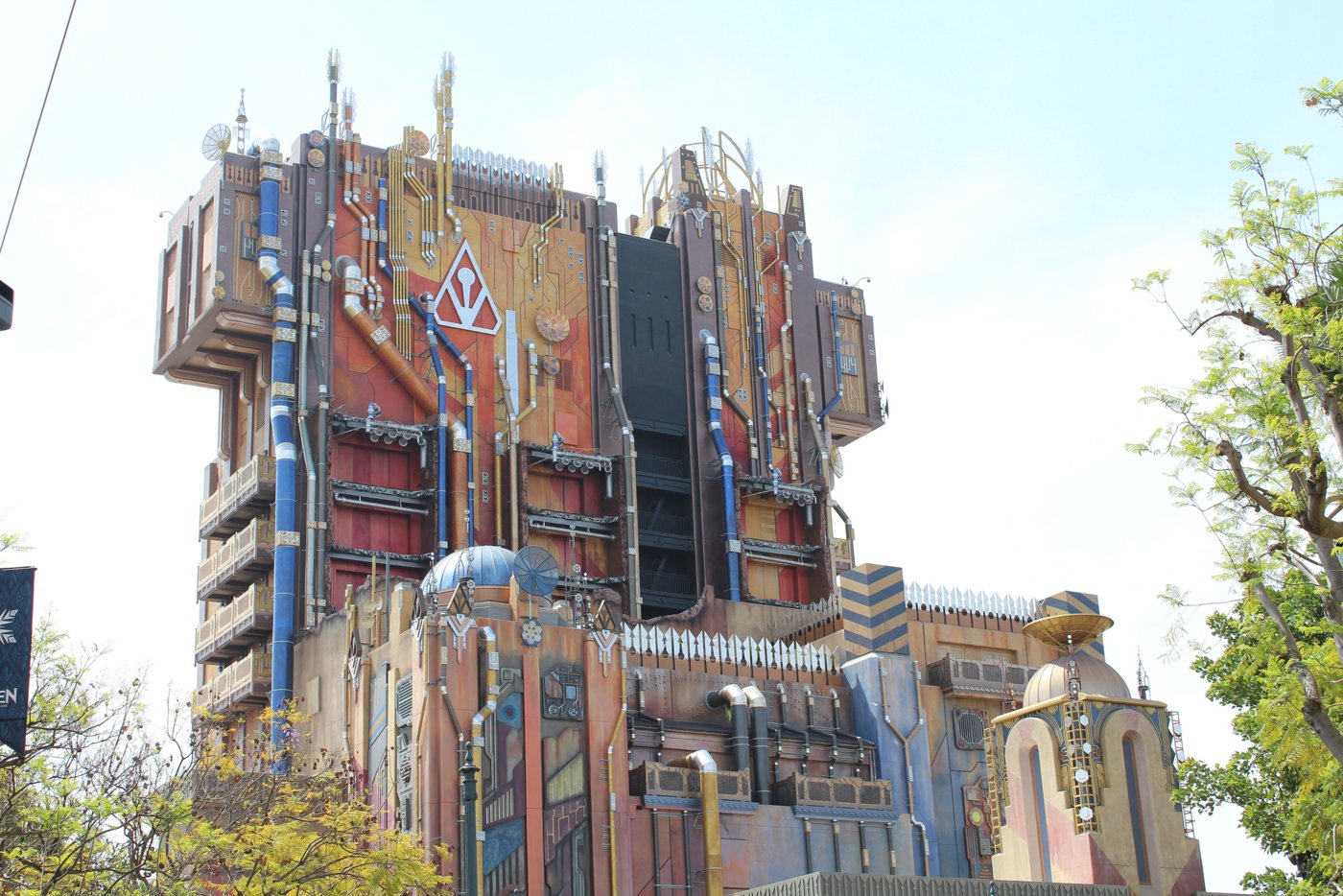
Guardians of the Galaxy – Mission: Breakout! at Disney California Adventure (formerly Tower of Terror)
A lot of the things that are old are also being retrofitted to tie to a movie or character. I understand the built-in audience for that, but what made Disney great was all these great human-interest stories like being able to feel what it’s like to go to space. I don’t need the “Guardians of the Galaxy,” and I know a lot of people agree with me, so I think a lot of these IPs have turned them off. A lot of older people, even people in middle age who are not into the kid’s stuff, don’t know these intellectual properties. I loved the Tower of Terror ride when it was tied to the Twilight Zone. It’s still a fun ride, but it’s more of an annoyance for me that it’s tied to a movie that I did not find very engaging or lasting.
The big challenge in the years ahead is to determine how much to invest in theming our parks and attractions around intellectual properties. Or, on the other hand, do we go back to the classic way of creating great rides, shows, and attractions that were not based on something we watched on a screen?
I do think there is an opportunity for another group to come in and build experiences that are not as expensive and IP-based as Disney and Universal that also aren’t as inexpensive and cheesy like a Chuck-E-Cheese, mini-golf, or bolero experience.
There’s a lot of talk in this industry about what is in the middle that a family can go do for a half day or full day. People want a park that doesn’t cost thousands of dollars and doesn’t have to be booked months in advance. They want an experience that gives them a great time with their kids, lets them make memories, and that they want to do again and again. Whoever cracks that nut is going to be very successful, and it’s not going to be Disney or Universal. I’m very excited to see where things go next.
How can Zeitgeist address or alleviate those challenges?
Zeitgeist understands these challenges. We are in the industry. We’ve been here for almost four decades. We know all the players, we travel around, see what’s going on, and watch the trends because we are fans and customers ourselves.
I have two young kids. Becky has three young kids. We are the target audience for a lot of these things, and we know what works and what doesn’t. If a client trusts us, we will guide them in the right direction. They will get a high return on their investment, and their guests will have an amazing time.
It takes a lot of critical thinking to not copy what other people have done but to instead reinvent or invent something fresh and new. That’s the way we think at Zeitgeist — we do not want to copy what’s been done. We want to come up with the next big thing that other people copy. Our goal is to alleviate these challenges and create something fresh and new that’s going to be a big success.
What advice can you give students and others who are interested in a career in theme park attraction design?
In the old days, when people wanted to get into this industry, they came from the theater where they had designed and built sets, written scripts, and worked in lighting or audio. A lot of people came from motion pictures and television, and they did those things. Some people came from a museum or the events industry, but people were coming in with real experience, having really put on shows and created events and experiences for audiences. They knew what went into putting on a show. They didn’t necessarily know ride systems or the latest animatronics technologies, but they knew what it took to put on a show.
What we’ve seen in the last decade or so are younger people who do not have any real-world experience, but have simply taken classes. They’ve graduated from SCAD or from Ringling or from Florida, University of Florida, UCLA, or USC. I’m sure these are all great educations, and it’s wonderful to do school projects where you develop a concept for something, but I’ve seen some of those and a lot of them are not based in reality. They would never be feasible in the reality of this business. I wonder how much of an education they’re really getting by spending tens of thousands of dollars and three or four years of their life in a classroom, rather than working in community theater, on a student film, or having portfolio pieces that were enjoyed by audiences. That way, they could be able to tell somebody like me, “I developed the play, wrote the script, built the sets, did the lighting, sound, casting, directing, and I operated all of it.”
All of those things go into creating an experience, and actually doing it is not the same thing as knowing how to do it in theory. Go ahead and take those classes, but the best thing you can do is use your phone to make some films, create an event in your town where people can go and have an interactive experience, do a Halloween maze or haunt, or go out there and put on a show so that you understand all the disparate elements that go into it.
Get experience working with a real audience. Understand how you charge for tickets, how you operate an event, and what works and doesn’t work. Do a few of those, and you will have the experience you need to get into theme park attraction design.
We’d like to send a huge thanks to Ryan for taking the time to share his story and expertise. To learn more about his current work, visit the Zeitgeist website.


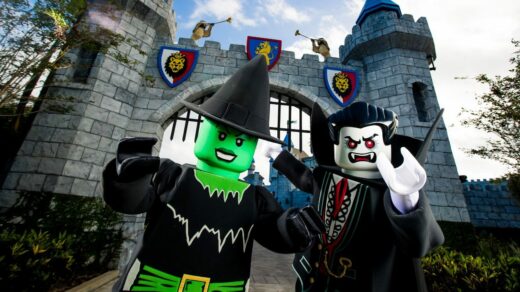
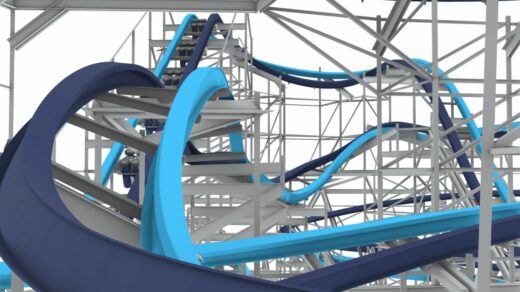



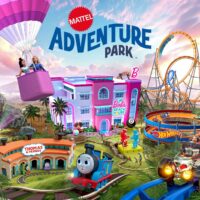





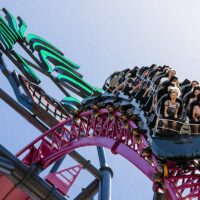
Recent Discussion